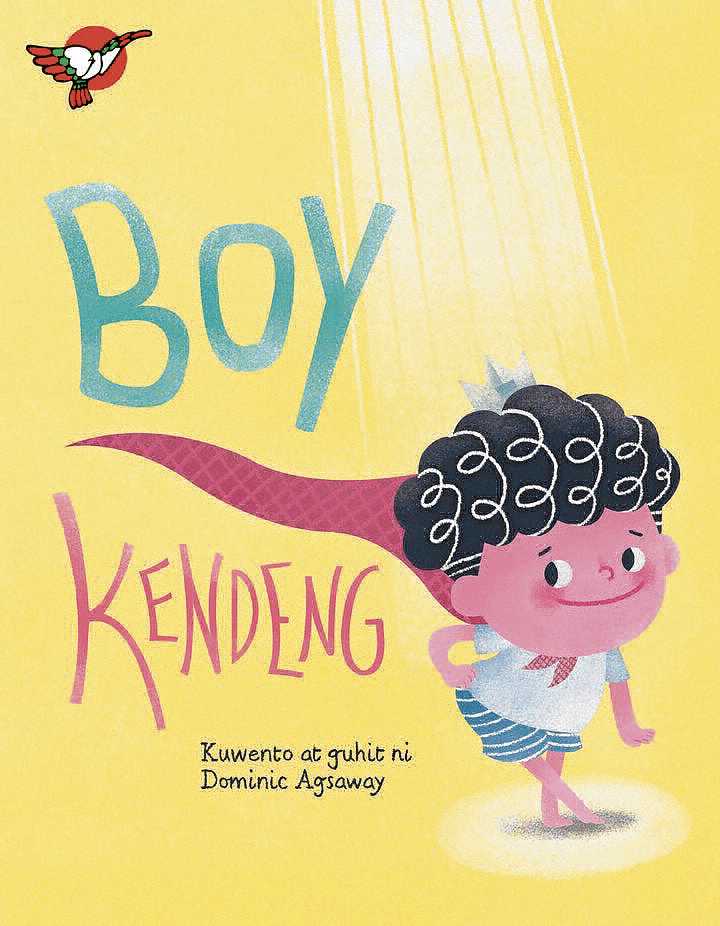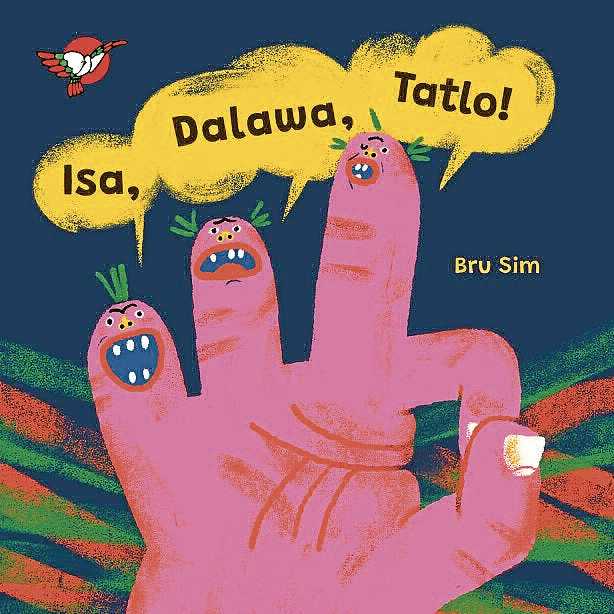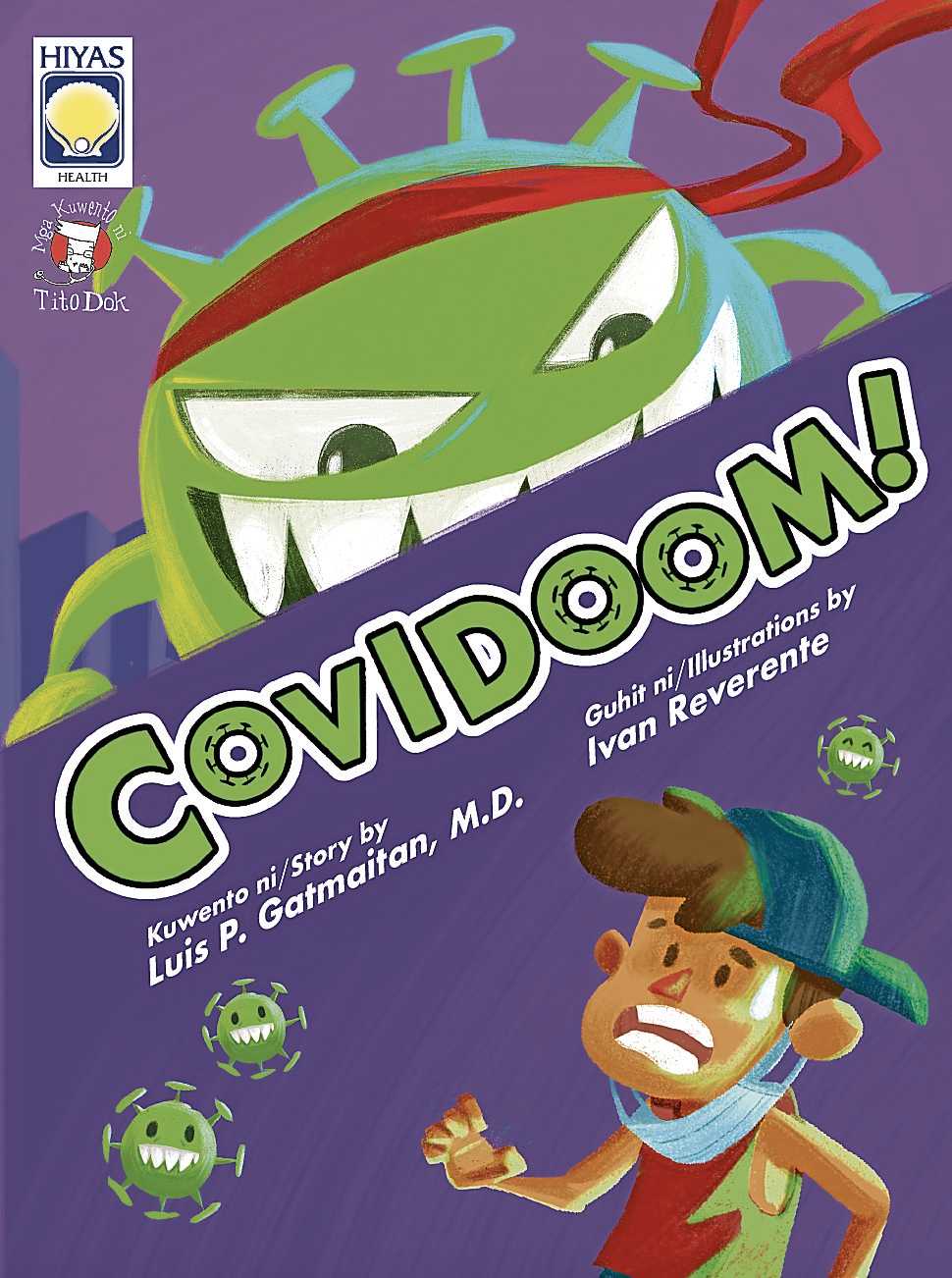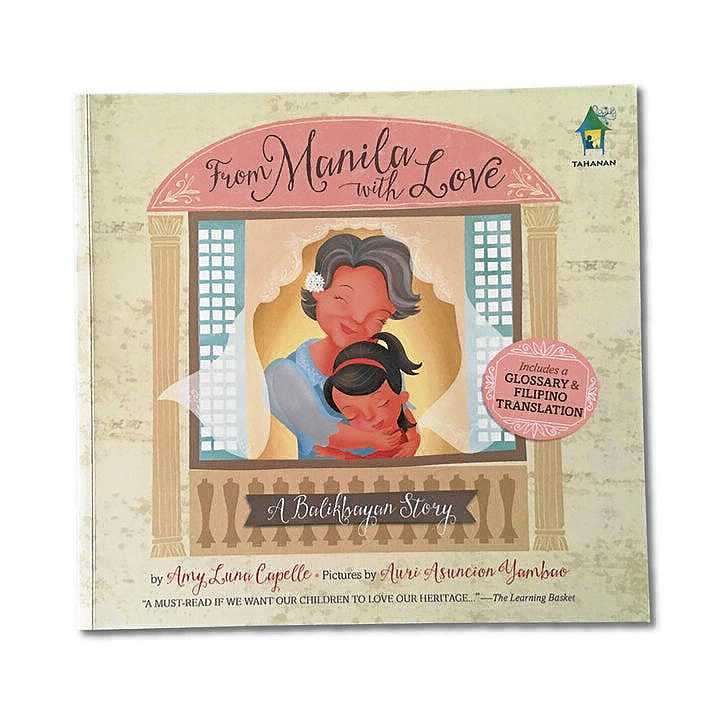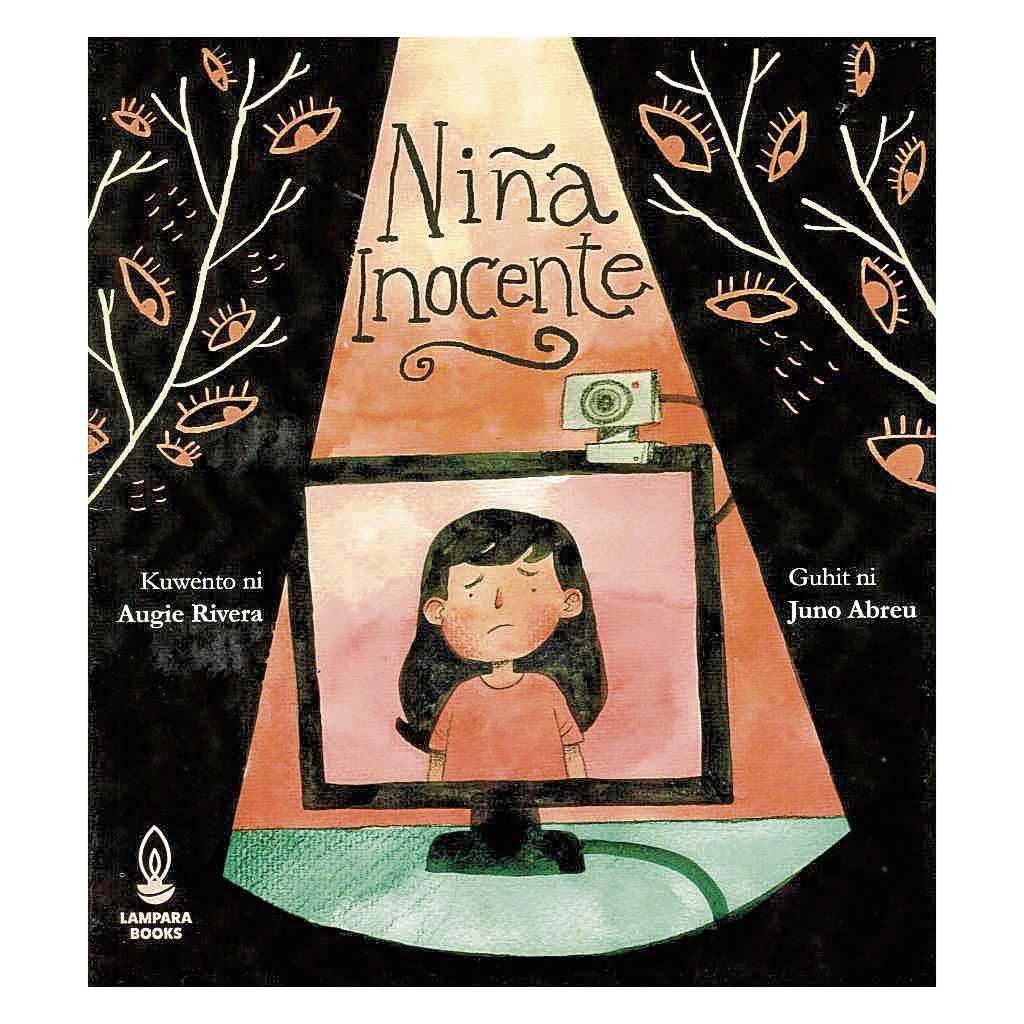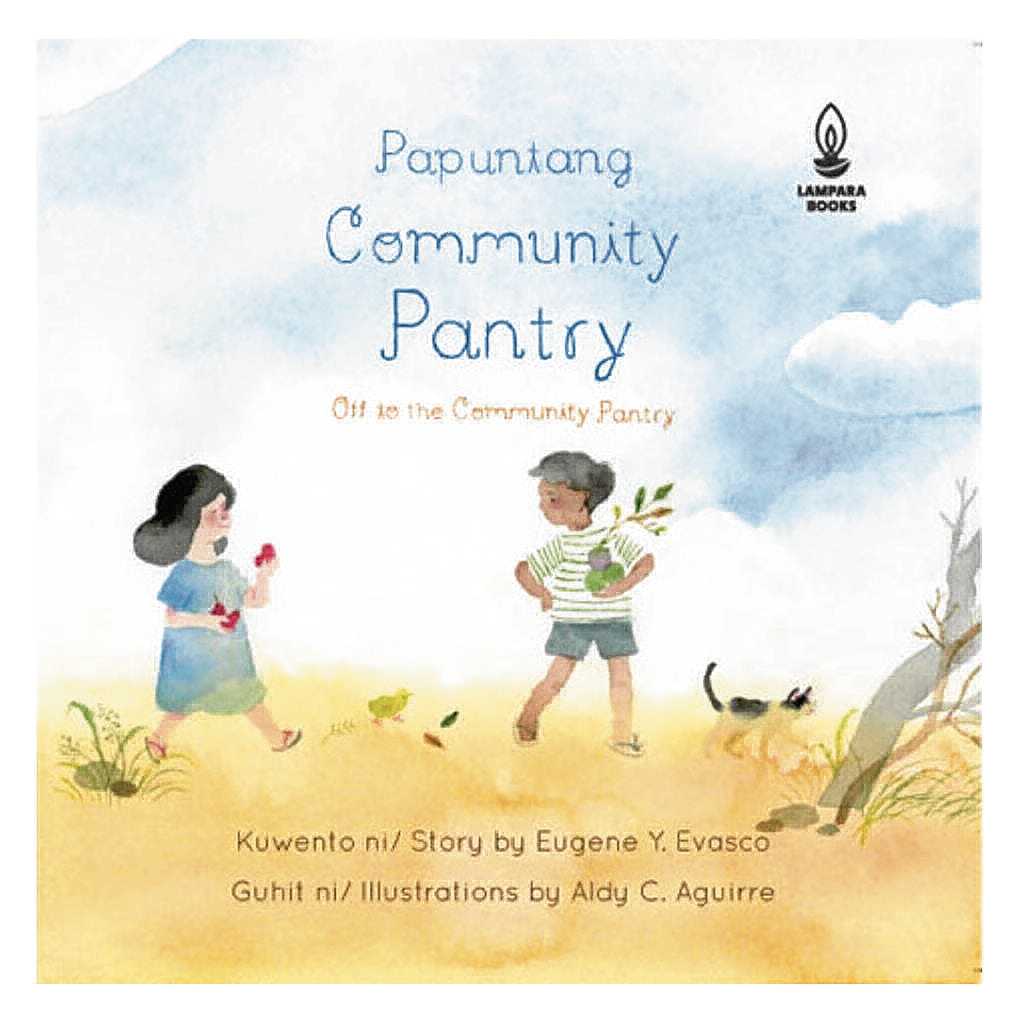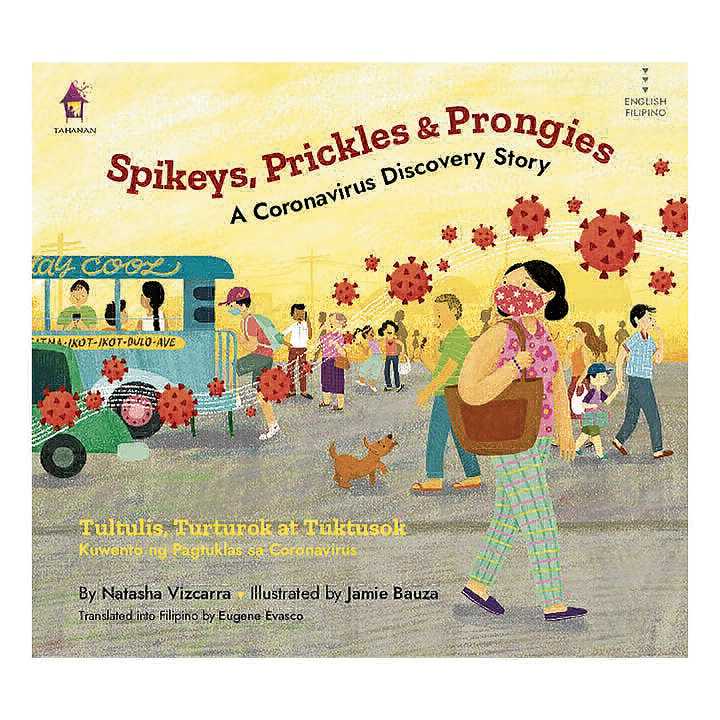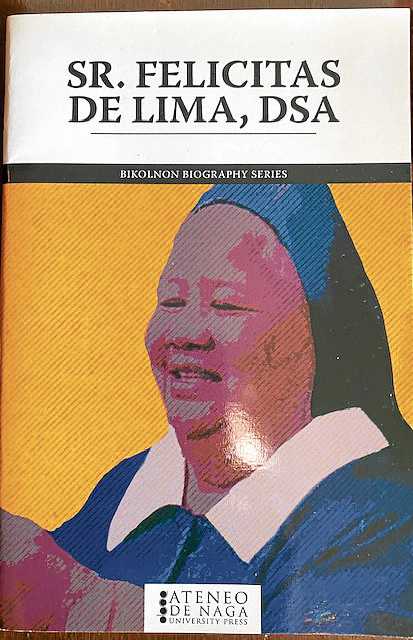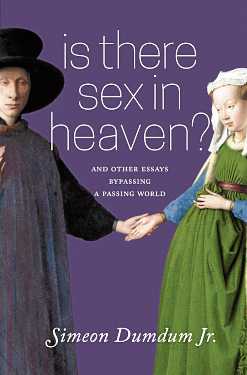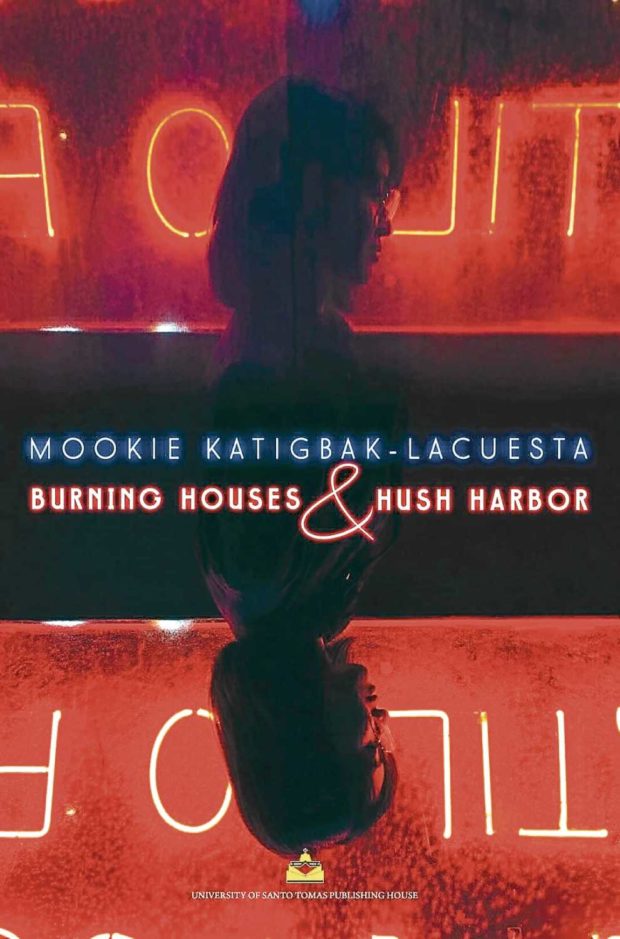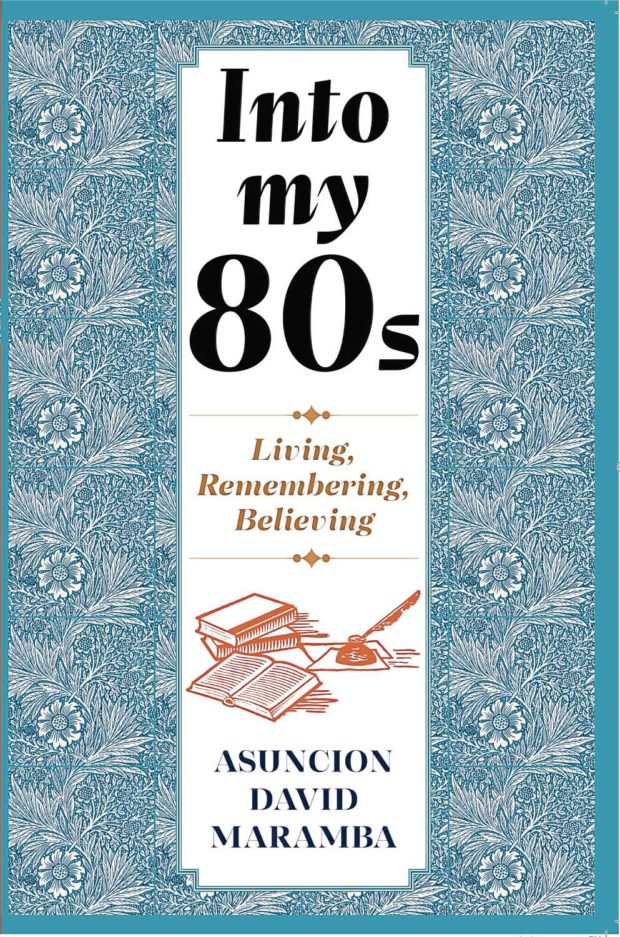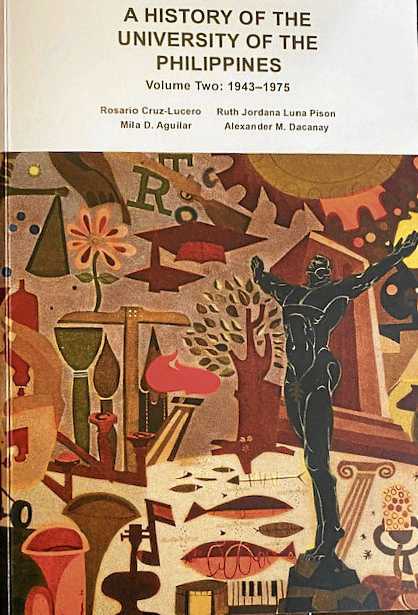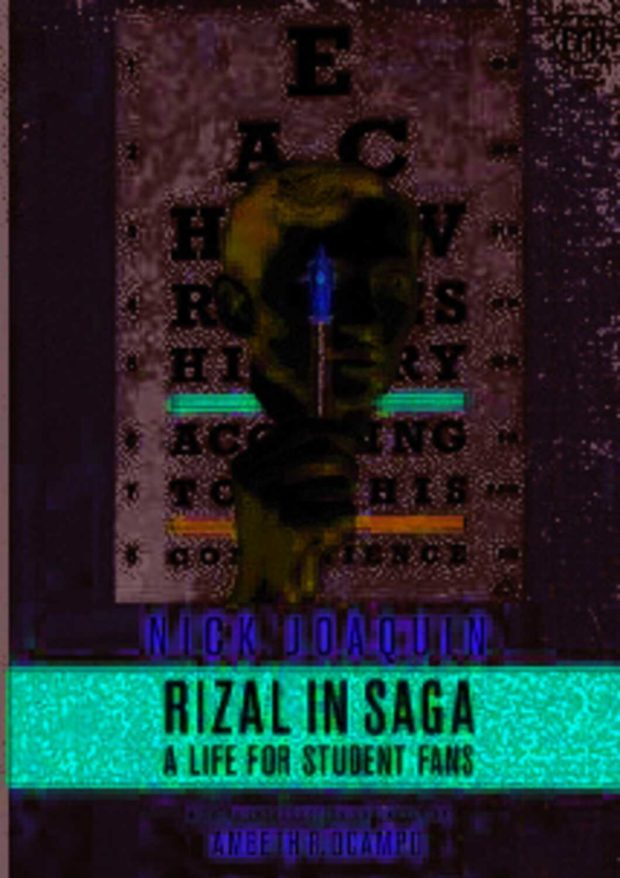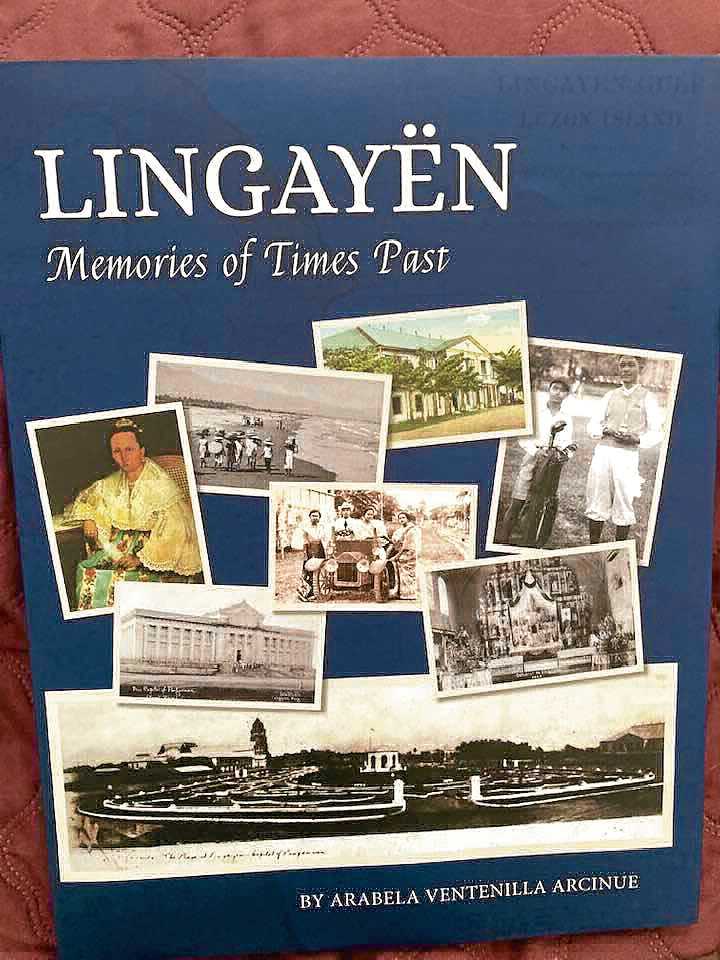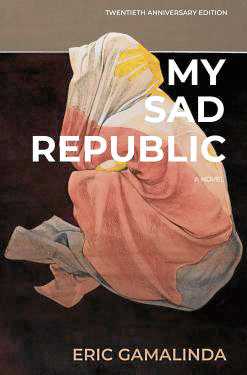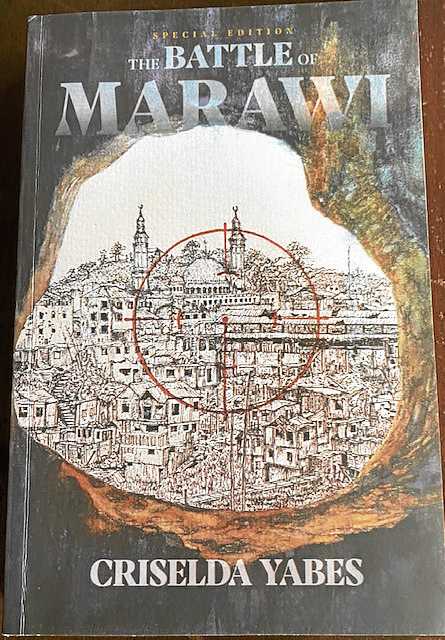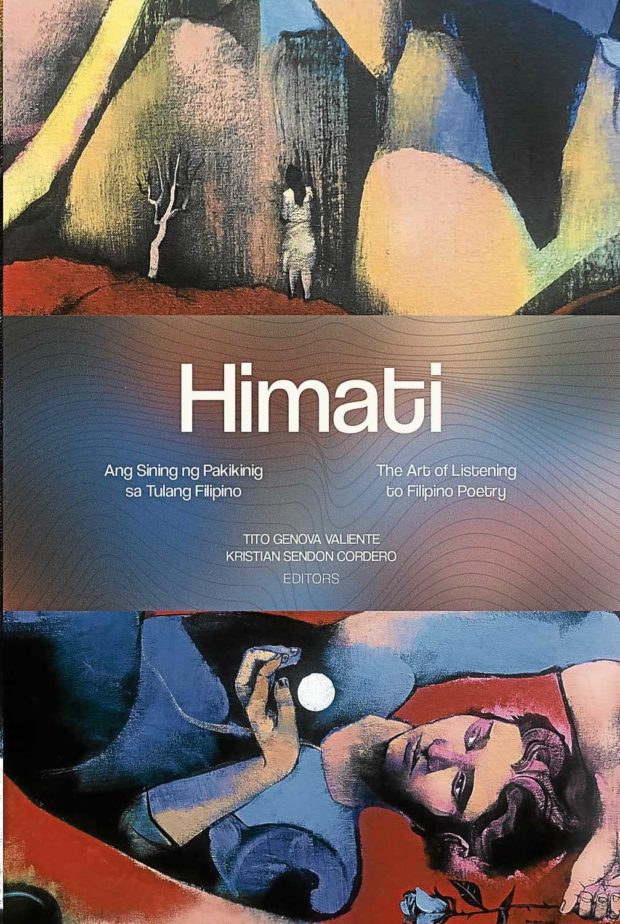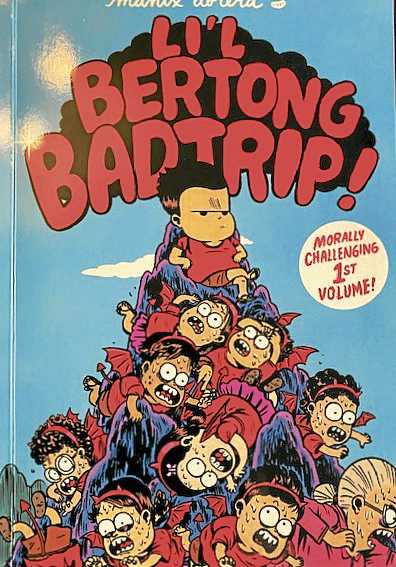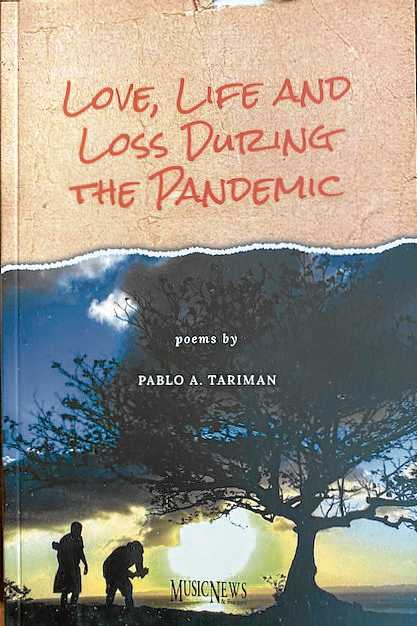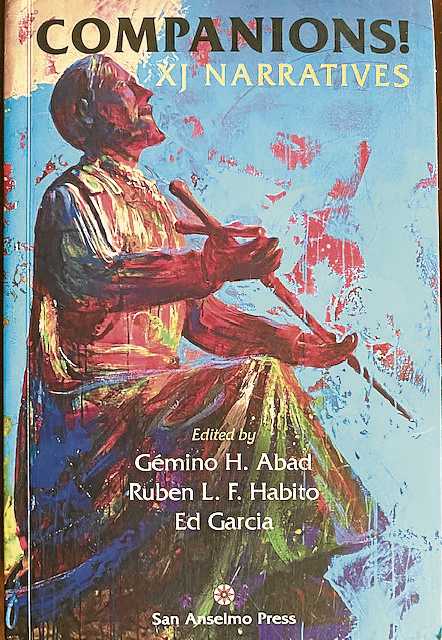There’s no denying that at our lowest during the past two years, it was books which kept us faithful company. The amazing thing is that though our lives have not completely normalized yet, the Philippine publishing industry has bravely continued on, with much resilience and optimism.
Consider these 2021 releases, 25 books representing different genres and 16 publishers, offering all of us a promising reading year. What a delight to see the year’s harvest, with something for every reading mood and taste—and knowing that there are many more that escaped my scrutiny.
‘Boy Kendeng’ by Dominic Agsaway (Adarna House)
That endearingly mischievous-looking, curly-haired youngster on the cover has an intriguing teaser of an opening line: “Mayroon akong lihim. Ayaw ko munang sabihin.” He then shows how he loves to kendeng here, there and everywhere else at home. To top it all, he has the most fun when he puts on his crown and his cape, deliriously happy with his continuing kendeng.
Suddenly, the earlier happy hues of pastels darken and convey tension. His father has arrived from work and his displeasure is shown with the youngster sitting it out in a dark corner, with neither his crown nor his cape.
The very sound of the word kendeng makes one smile, for no English translation of it being an exaggerated swing of the hips here and there can quite capture the nuances of the action.
What a successful picture book whose delightful illustrations and 41 simple words manage to convey so much. A feat so rare and so difficult to achieve.
‘Isa, Dalawa, Tatlo!’ by Bru Sim and ‘Mga Bahagi ng Katawan’ by Marcus Nada (Adarna House)
These are not your typical board books for beginning readers. There is humor even as one learns such basic information. The choices of objects to count are outrageous: three for triple chins, four eyes with spectacles on, five farts, nine fingers, 10 tattoos on a woman’s leg. One is led to know the parts of the body following the flight of the mosquito as it hovers around different characters, from the head of a little girl to the neck of a matron to someone’s fat stomach all the way to a skinny man’s feet. These Adarna titles in bold colors are good reminders that we all love and need humorous books—with the values to be learned.
‘Covidoom!’ by Luis P. Gatmaitan, MD, illustrated by Ivan Reverente, translated by Emil Flores (OMF Literature Inc. for Hiyas)
This is the latest book in the popular medical science series of pediatrician Luis P. Gatmaitan, who has made childhood illnesses and ailments better understood by the public, both young and old.
The story is told from the point of view of Covidoom, whom we meet as he is sneezed out by someone without a mask. And so his journey begins as he enters the nose of Jonas, who was breathing heavily as he was practicing his TikTok dance steps. His final entry into the lungs was not easy but possible through his spikes, which act like keys to the lung cells.
This children’s book is a welcome addition to the growing body of coronavirus literature for young readers. Interesting to see the various approaches of different authors on the topic, the better for different learning styles.
‘From Manila with Love: A Balikbayan Story’ by Amy Luna Capelle, pictures by Auri Asuncion Yambao, Filipino translation by Cecilia S. Ochoa (Tahanan Books for Young Readers)
How effectively the narrative captures in verse the homecoming experience of the balikbayan granddaughter visiting the “land Mama left long ago.” Her first experiences upon arrival at the airport are familiar: “Sticky wet heat puffs up my hair,” the babel of voices in conversation, “Words flood my ears in Filipino and Ilokano,/ And the sounds of Bikol mixed with Cebuano.”
Her family awaits the release of the ubiquitous balikbayan box “filled with corned beef, SPAM,/ Chocolate, and socks!” all properly labeled for family members.
The crowd of well-wishers parts as they move outside to their vehicle and her Tito Jun introduces them to the Manila traffic: “It takes courage to drive!”
But there is so much to love in the country. She meets her cousins, with funny names like Jeboy and Chin-Chin, and they all “sniff-kiss” their hellos. She is beyond belief—can there really be all 22 of them?
It is an endearing scene when she finally meets her lola, she who writes yearly, always signing, “From Manila with love.”
The visit ends but not without “culture and history” now a part of the narrator whose Filipino part of her can never be forgotten. It is a newly discovered connection deep in her heart.
‘Niña Inocente’ by Augie Rivera, illustrated by Juno Abreu, English translation by Becky Bravo (Lampara Books)
“Niña Inocente” is the story of an unsuspecting 8-year-old who spends most of her waking hours role-playing on the computer. One day, she is enticed to play another kind of role-playing game that promised her easy cash just by following simple directions, like removing her clothes, dancing and touching a naked boy in the same room—as ordered by a man smiling on the screen. Niña felt “she had been transported to a strange new world. But she was confused …”
She had unwittingly become a victim of online sexual exploitation of children (Osec)—all the more despicable because an adult had lured her into this. The book includes helpful information on Osec for parents, guardians and caregivers, where to report cases and internet safety tips for children.
Augie Rivera is an award-winning children’s book author and a television writer who has written on similar sensitive issues in his previous books: incest in “Ang Lihim ni Lea” and the anguish of martial law detention in “Isang Harding Papel.”
‘Papuntang Community Pantry’ by Eugene Y. Evasco, illustrated by Aldy C. Aguirre, English translation by Chris Martinez and Evasco (Lampara Books)
This is a children’s book with simple sentences and attractive illustrations for the beginning reader which successfully conveys the concept of a community pantry.
It is harvest time and the fruit trees are ready for picking. The text in Filipino expresses it better: “Masipag ang kaimito. Mabunga ang makopa.” There are many blessings from the land to be picked, to be enjoyed, to be shared.
Nanay wears her mask and goes off somewhere, where it is not considered safe for children. There she offers her pickings, “We have too much. Please share this.” She in turn takes what she needs from the pantry as a surprise for her children eagerly awaiting her return.
The community pantry’s slogan of “Magbigay ayon sa kakayahan/ Kumuha ayon sa panggailangan” is described in such concrete terms. It also honors all the founders of community pantries in the country, beginning with the one on Maginhawa Street.
‘Spikeys, Prickles & Prongies: A Coronavirus Discovery Story’ by Natasha Vizcarra, illustrated by Jamie Bauza, Filipino translation by Eugene Y. Evasco (Tahanan Books for Young Readers)
If you think that title is so apt a description of the coronavirus, consider the onomatopoeic title Eugene Y. Evasco has chosen for the Filipino text: “Tultulis, Turturok at Tuktusok.”
This is a well-researched and informative book on the virus, yet written in such friendly and unintimidating language that only a seasoned writer of children’s books and now Colorado-based science writer Natasha Vizcarra can do with such ease. Vizcarra should be a familiar name to Inquirer readers, especially since she edited the Junior Inquirer for seven years.
It follows the fully masked Tita Baby’s jeepney ride one day. The story begins, “It began with a sneeze. Or two. Or three.” The scientific explanations are lightened with how Tita Baby strictly follows recommended safety protocols.
A helpful and attractively illustrated science book for parents and teachers as well, for after the narrative are the following sections: COVID Toolbox for Parents, which includes a Glossary that explains Big Words; Questions Kids Might Ask; Questions to Ask your Kids; Bibliography; and Know More About the Coronavirus. And through all this, the humble reminder that there are many things mysterious about the coronavirus awaiting more research.
‘Sr. Felicitas de Lima, DSA’ by Sen. Leila M. de Lima, ‘Bikolnon Biography Series’ edited by Tito Genova Valiente (Ateneo de Naga University Press)
“Bikolnon Biography Series” documents the lives and contributions of outstanding Bikolanos to make them better known and appreciated by the youth of Bikol.
There is special interest in religious leader and community development organizer Sr. Felicitas de Lima’s book because her biography was written by Sen. Leila de Lima from her detention cell in Crame.
The senator writes from her intimate relationship with Sister Itat, or Ma Helen, as her nephews and nieces call her. Her aunt is recognized for Fatima Center for abandoned children that Sister Itat runs, on a parcel of land in Iriga, donated by her landed family.
Ma Helen is known in the family as a modern-day Robin Hood because she is described as “adroitly effective in soliciting help from the more privileged” to help the less privileged. The senator’s account turns emotional when she recounts Ma Helen’s reaction when she would visit De Lima in Crame. She would be in tears and say indignantly in Bikol, “What have they done to you?”
‘A Kind (of) Business: 50 Essays on Business Leadership and Society’ by Dr. Elfren S. Cruz and Dr. Benito L. Teehankee (Anvil Publishing Inc.)
Two longtime colleagues, as De La Salle graduate school of business professors and newspaper columnists, compile their essays on topics they feel strongly about, yet do not always agree on: artificial intelligence, social responsibility, climate change, globalization, geopolitics and their impact on business ethics, social justice and the future of mankind on planet earth.
The points of disagreement should make for more interesting reading for, as Dr. Elfren S. Cruz writes, “The best way to test your ideas is to discuss them with someone who does not agree with you.”
Dr. Benito L. Teehankee has always advocated for the social role of businesses and how business leaders can enhance their influence on society as early as his first column in 2005, yet is now hopeful about the “unfulfilled promise of business to spread the benefits of capitalism.”
‘Is There Sex in Heaven? And Other Essays Bypassing a Passing World’ by Simeon Dumdum Jr. (Bughaw, an imprint of Ateneo de Manila University Press)
How can one miss with an intriguing title like that? Not that the byline of an award-winning poet, essayist and retired judge is not enough of a draw in itself. This collection of 170 personal essays are to be savored, read leisurely and reflected on.
Each invites the reader to engage in self-reflection, following the author intent on seeing beyond the obvious, the apparent, and “bypass the passing character of the physical world.”
Because he is a poet, there are essays devoted to the craft and familiar lines of poetry. How he links his everyday observations to the Bible is a delightful segue to meditation.
‘Burning Houses & Hush Harbor’ by Mookie Katigbak- Lacuesta (University of Santo Tomas Publishing House)
This book puts together two collections of poetry by Katigbak-Lacuesta, the author of four other poetry books. “Burning Houses” dwells on loss, while “Hush Harbor” is on the “love and power dynamics between men and women, colonizer and colonized.” What is interesting in this collection is the quotes and the background information the poet provides for most of the poems, crediting the lines or the writers who have inspired their writing.
‘Into my 80s: Living, Remembering, Believing’ by Asuncion David Maramba (Self-published)
The author, former professor of literature (in the spirit of transparency, let it be known that Asuncion “Sony” David Maramba was my English professor at St. Scholastica’s a lifetime ago), and theology and newspaper columnist, has long been talking of retirement, but there’s no stopping her from writing.
Just look at how she is marking her 89th year, with yet another book—a true example of a writer never being able to stop what she enjoys indulging in. What makes this even more amazing is that to this day, she uses neither the computer nor Gmail.
Maramba introduces the book as “my fourth and last anthology,” a collection of essays written in her 80s. Does anyone believe her?
Confessing to taking liberties with this her “last hurrah,” she departs from the usual impersonal tone of op-ed pieces and weaves autobiographical details in them. She has every right to do so, making this an important gift of remembering for the younger generation. What an excellent model Maramba is for all seniors who are thus enjoined to continue pursuing their passions.
‘A History of the University of the Philippines: Volume Two: 1943-1975’ by Rosario Cruz-Lucero, Ruth Jordana Luna Pison, Mila D. Aguilar, Alexander M. Dacanay (University of the Philippines Press)
This is the second of three volumes, the last still awaiting completion and the first volume, covering the years from 1908 to 1943, released in early 2020. This monumental work began, or rather, continued as an abandoned and forgotten project in 2016 when then chancellor Michael Tan was informed of “a treasure trove of notes and documents on the UP’s history” kept in storage in the university’s Main Library. This was meant for a book project that then UP president Francisco Nemenzo envisioned to be part of the university’s centenary commemoration in 2008. Each volume is structured within the context of each university president’s term and made richer through the voices of the diverse UP community through the years, with attempts to include the regional units in Luzon, Visayas, Mindanao.
The general editor Cruz-Lucero, one of the writers of the original project, writes that though the six UP presidents in each volume “serve as the anchor for the stories that compose the UP community’s university experience,’’ the chapters are not entirely about them.
This history leaves no stone unturned, with its exhaustive research. I do not have UP ties, but my most interesting vintage finds were Ceferino Joker P. Arroyo’s yearbook photo as a 1952 law graduate and a photo of a dear uncle, plastic surgeon Dr. Clemente O. Sta. Romana, who topped the medical board exam in 1952.
‘Rizal in Saga: A Life for Student Fans’ by Nick Joaquin (Milflores Publishing Inc.)
What an attractive book on our national hero who left us, as public historian and principal authority on Rizal, Ambeth R. Ocampo, often points out, 26 volumes of writings that remain unread and unappreciated. That does seem like another tragedy for our martyred hero.
This new edition of a largely unknown 1996 biography by Nick Joaquin for the National Centennial Commission is a welcome release as it brings back to life the Rizal persona we all ought to know better through Joaquin’s exemplary narration. It is a boon to students and school libraries whose Rizal collection does the hero such a disservice.
Much has been written about Rizal, but in ways students hardly find memorable. The 35 chapters focus on many of life’s circumstances and setbacks that Rizal had to overcome to become the hero we know him to be. These should be especially relevant to the students, as most of the chapters focus on Rizal’s youth. Interesting are the notes that Ocampo has added to Joaquin’s narration, in a tone and manner that only he can manage, knowing Rizal all too well.
‘Love Potion and Other Stories’ by Alvin Yapan, translated by Randy M. Bustamante (Bughaw)
This collection of 10 short stories by Alvin Yapan in a handy-sized edition, originally written and highly lauded in Filipino, comes to English readers as a precious gift by talented translator, poet and editor, the late Randy M. Bustamante.
It is fortunate that Bustamante has left us with this translation, something that Alvin Yapan values, as it is much more than the already complex task of mere translating. Yapan credits Bustamante “for his sensitivity to my original stories in Filipino, their religious and cultural contexts, and the grace with which he turned them into his own stories in English.”
‘Lingayën: Memories of Times Past’ by Arabela Ventenilla Arcinue (Arcinue Development Corp.)
This handsomely produced coffee-table book is a passion project of a proud daughter of Lingayen who has painstakingly researched historical vignettes on the capital of Pangasinan for her target audience, the millennials and the generations to come, that they may be imbued with a special pride for their hometown. By knowing more about their history, culture and tradition, she hopes that efforts at preserving local culture are sustained.
In her introduction, Arabela Ventenilla Arcinue points out that she deliberately wrote in a conversational and informal style rather than in the manner of scholars to reach a wider audience. Quite aptly, she discovered that “Lingayën,” with an umlaut, literally means “to look back,” a process she herself has found pleasurable and most gratifying. It has emerged as a precious and impressive volume, lavishly illustrated with over 600 photographs collected from treasured albums of old families, relatives and friends.
‘My Sad Republic’ by Eric Gamalinda (Bughaw)
This novel was first published in 2000 after it won the Philippine Centennial Literary Award in 1998. Set against the backdrop of the Spanish-American War and the war between the United States and the Philippines, it follows the life of a leader of the millenarian movement in the country, Dionisio Magbuelas.
It was a time of many upheavals in the country, and the novel traces the impact of these on several characters “whose destinies are altered by a nation about to be born, and its repercussions which linger to this day.” Thus, the continuing relevance of this novel, now released as a 20th anniversary edition with cover art by BenCab. It has been extensively revised and includes new passages.
‘Pambansang Diksiyonaryo sa Filipino’ by National Artist for Literature Virgilio S. Almario, chief editor (Ateneo de Manila University Press)
This is not the first Filipino dictionary that Virgilio S. Almario has spearheaded. Previous editions in 2001 and 2010 with UP have long been out of print—and perhaps happily so, because given many developments, they may not be 100-percent accurate anymore.
Almario points out that the use of “Pambansang” in this edition’s title is a change learned from previous omissions—the inclusion of words from Philippine languages, showing us the origin of our dynamic, growing language and words from English, Spanish, Japanese, Chinese, Russian, etc. which have become part of today’s Filipino. It also seeks to promote a more standardized usage of the language using the orthography developed by Komisyon sa Wikang Filipino since 2013.
Throughout its 1,148 pages—yes, it has been called a doorstop—we find words like “Om” from Hinduism, “palokpók” from Sinaunang Tagalog, “ragout” from French, “gáyho” from Hiligaynon. Not for bedtime reading, but an important resource to have around.
‘The Sulu Zone 1768-1898: The Dynamics of External Trade, Slavery, and Ethnicity in the Transformation of a Southeast Asian Maritime State’ by James Francis Warren, 40th Anniversary Edition (Ateneo de Manila University Press)
What merits the reissue of a book 40 years after its publication, in fact, the third edition? The book is recognized as one of the most important books on Southeast Asian history, and established James Francis Warren’s reputation as a pioneering and innovative social historian. It is said to have created the Sulu Zone, beyond the geographical area controlled by the sultanate. It presented this world not as a “decaying backwater” but a thriving area that benefited from the growth of the China trade, a source of products sought in China. More important, the book tells the stories of the slave raiders and the captives and the slaves, beyond their usual portayals in written records.
Warren is professor emeritus of Southeast Asian Modern History at Murdoch University. His first encounter with the Sulu Zone was 54 years ago, when he and his wife, then newly married, were living on the east coast of North Borneo as Peace Corps volunteers. Spending some time in a water village, he became interested in the history of the Sulu Zone with the “rapid abandonment of sea nomadism.”
‘The Battle of Marawi’ by Criselda Yabes (Pawikan Press)
This is a special edition of the book that was released a year earlier—and received the highest praise from reviewers and readers who spoke of the way seasoned journalist and fictionist Criselda Yabes told the story of a tragic battle like it were a thriller on Netflix. Except that Yabes was not weaving tales about the battle.
This larger edition with detailed charts and maps to accompany the eyewitness accounts also uses a larger and more readable font. A chapter ends this way: “So, in the wee hours of the morning of June 1, as darkness was about to meet dawn, Azrael and his men crossed back on the bridge, back to where they came from, quietly, their boots treading lightly so that the enemy would not hear them. They marched back to the camp in the chilling atmosphere of darkness, in a mysterious city that greets the day with a fog.”
‘Himati: The Art of Listening to Filipino Poetry’ edited by Tito Genova Valiente and Kristian Sendon Cordero (copublished by Ateneo de Naga University Press, the National Commission for Culture and the Arts, and Savage Mind: Art, Books, Cinema)
What began as an attempt to keep poetry and the spoken word alive during the early months of the pandemic has been sustained and has now been turned into a valuable, first-of-a-kind resource book that teachers and poetry lovers can enjoy. Twenty-seven poets and 15 artists who performed the poetry are featured in the collection.
Adding luster to “Himati” (a word that has become part of our vocabulary, thanks to the series, and meaning “to think deeply”) is the participation of theater and entertainment personalities like Jaime Fabregas, Piolo Pascual, Max Eigenmann, Marc delaCruz, Lui Quiambao Manansala, Bon Vibar and Christian Bables. This poetry experiment-publication speaks of Naga as a cultural hub in the country.
‘Li’l Bertong Bad Trip’ by Manix Abrera (Self-published)
After more than 20 books and several awards, Abrera decided to try his hand at self-publishing—in full color yet. Because his books are coveted, buying the books online was a tough gambling game. One had to be online at the right hour, the right time. But finally getting the book was worth the wait as it bore the artist’s signature in gold.
As he explains in his intro (“Paunang Kunot Noo”), Bertong was born because a week-long comic strip had to be produced in a rush under so much pressure from other deadlines. When life normalized, the artist “killed” Bertong, until he received many messages protesting the demise, demanding why he had to be created, only to have such a short life. Thus, Bertong’s own compilation independent of the well-known “Kikomachine Komix” series.
And so we follow Bertong as he goes through life’s trials brought about by cruel teachers, school misadventures and other mishaps. So amusing to read Bertong’s reactions from “Rise viciously into soulful abyss” to “By the power of the ninth power of badtripness, I summon thee.”
‘Love, Life and Loss During the Pandemic’ by Pablo A. Tariman (Music News & Features)
Well-known arts critic Pablo A. Tariman rediscovered poetry during the pandemic, a good 50 years after his first poem appeared in print. The responses to his near-daily poems posted on social media encouraged him to collect these into his first book. It turned out that his personal reactions to what was going on around him were similarly felt by his readers, “truly capturing the nation’s heartbreak.”
How encouraging for him to have his poem “Ode to the Frontliners” inscribed on a marker dedicated to health workers in Pasig. It reads, “It is murder most foul/ When country folk are deprived/ Of health care that they badly need …” It speaks of lives they have extended and giving patients “the last warm moments … before their flight into the stars.” The first poem in the collection says, “You have to strip naked/ To write the poem/ In your mind./ You have to face/ The joy of living/ And the horrors/That come with it.”
The biggest horror to the reader is the loss of his poet daughter Kerima, 42, to gunshot wounds in a sugarcane plantation in Negros Occidental. He dedicates a special section of five poems to her, “Odes to My Second Daughter.” In anticipation of claiming her remains, Tariman poignantly writes, “I think of her now/ Lifeless on a cold cement floor,/ Waiting for her father and son/ To claim her/ And share/ A last hug.”
‘Companions! XJ Narratives’ edited by Gemino H. Abad, Ruben L.F. Habito and Ed Garcia (San Anselmo Press)
This is a collection of personal narratives of former Jesuits, with tributes to departed companions highlighting shared experiences based on their common background as members of the Society of Jesus. What emerges is that even as secular members today, they continue to devote their lives to service of others and “finding God in all things.”This is timed as a 2021 release to coincide with the commemoration of the 500th anniversary of the conversion of Iñigo de Loyola, soldier-saint and founder of the society. Among the contributing writers are the editors, Monico V. Jacob, Luis H. Francia, Carlos A. Arnaldo and Luis Limgenco. —CONTRIBUTED

